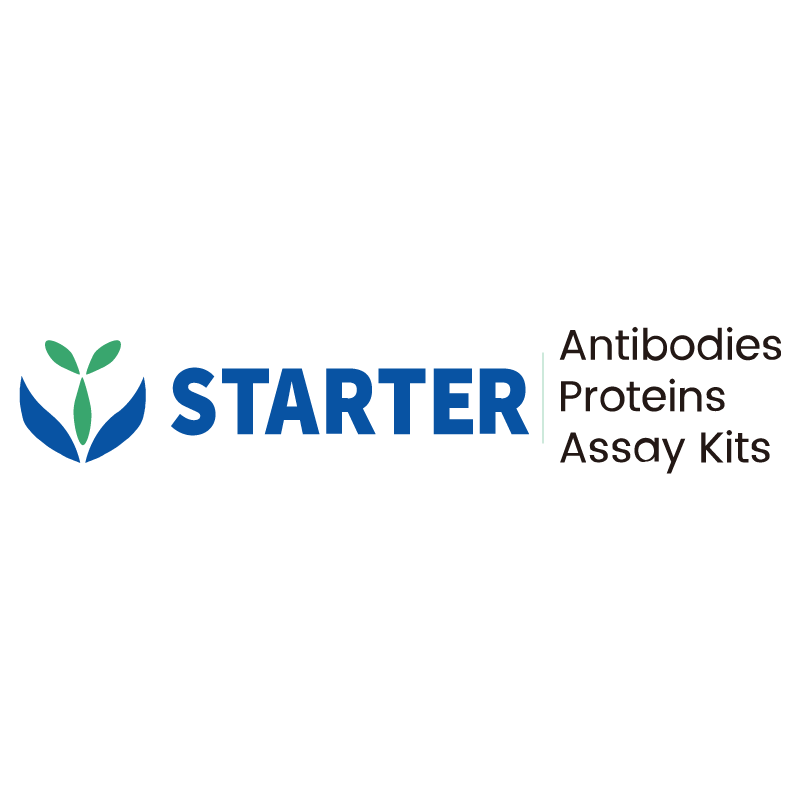WB result of Phospho KAP-1 (S824) Recombinant Rabbit mAb
Primary antibody: Phospho KAP-1 (S824) Recombinant Rabbit mAb at 1/5000 dilution
Lane 1: untreated HeLa whole cell lysate 20 µg
Lane 2: HeLa treated with 3 µM Etoposide for 1h whole cell lysate 20 µg
Secondary antibody: Goat Anti-rabbit IgG, (H+L), HRP conjugated at 1/10000 dilution
Predicted MW: 89 kDa
Observed MW: 105 kDa
Product Details
Product Details
Product Specification
| Host | Rabbit |
| Antigen | Phospho KAP-1 (S824) |
| Synonyms | Transcription intermediary factor 1-beta; TIF1-beta; E3 SUMO-protein ligase TRIM28; KRAB-associated protein 1 (KAP-1); KRAB-interacting protein 1 (KRIP-1); Nuclear corepressor KAP-1; RING finger protein 96; RING-type E3 ubiquitin transferase TIF1-beta; Tripartite motif-containing protein 28; TRIM28; RNF96, TIF1B |
| Immunogen | Synthetic Peptide |
| Location | Nucleus |
| Accession | Q13263 |
| Clone Number | S-986-9 |
| Antibody Type | Recombinant mAb |
| Isotype | IgG |
| Application | WB |
| Reactivity | Hu, Ms |
| Positive Sample | HeLa treated with Etoposide, NIH/3T3 treated with Etoposide |
| Purification | Protein A |
| Concentration | 0.5 mg/ml |
| Conjugation | Unconjugated |
| Physical Appearance | Liquid |
| Storage Buffer | PBS, 40% Glycerol, 0.05% BSA, 0.03% Proclin 300 |
| Stability & Storage | 12 months from date of receipt / reconstitution, -20 °C as supplied |
Dilution
| application | dilution | species |
| Dot Blot | 1:1000 | |
| WB | 1:1000 | Hu, Ms |
Background
Phospho KAP-1 (S824) refers to the phosphorylated form of the KRAB-associated protein 1 (KAP-1) at the serine 824 residue. KAP-1 is a transcriptional cofactor that interacts with KRAB-domain transcription factors to mediate repression. Phosphorylation at Ser824 may disrupt KAP-1's ability to associate with heterochromatin protein 1 (HP1), affecting its role in transcriptional repression and chromatin compaction. Phospho KAP-1 (S824) is involved in the replication of certain viruses, including human cytomegalovirus and Epstein-Barr virus, by enhancing viral gene transcription and creating favorable conditions for viral replication. Increased KAP-1 and phospho KAP-1 (S824) levels are observed in highly invasive breast cancer tissues compared to noninvasive breast cancer, suggesting a role in the regulation of malignant tumor behavior. Research indicates that phospho KAP-1 (S824) can improve the survival and proliferation of endogenous neural stem cells after ischemia/reperfusion injury by maintaining the stability of PCNA, a marker of NSC proliferation. Phospho KAP-1 (S824) is also involved in the regulation of DNA damage repair, with phosphorylation at this site being a marker for sustained ATM activity at an unrepaired site of damage.
Picture
Picture
Western Blot
WB result of Phospho KAP-1 (S824) Recombinant Rabbit mAb
Primary antibody: Phospho KAP-1 (S824) Recombinant Rabbit mAb at 1/5000 dilution
Lane 1: untreated NIH/3T3 whole cell lysate 20 µg
Lane 2: NIH/3T3 treated with 3 µM Etoposide for 1h whole cell lysate 20 µg
Secondary antibody: Goat Anti-rabbit IgG, (H+L), HRP conjugated at 1/10000 dilution
Predicted MW: 89 kDa
Observed MW: 105 kDa
Dot Blot
Dot blot result of Phospho KAP-1 (S824) Recombinant Rabbit mAb
Lane1: KAP-1 (S824) phospho peptide
Lane2: KAP-1 unmodified peptide
Primary antibody: Phospho KAP-1 (S824) Recombinant Rabbit mAb at 1/1000 dilution
Secondary antibody: Goat Anti-rabbit IgG, (H+L), HRP conjugated at 1/10000 dilution


